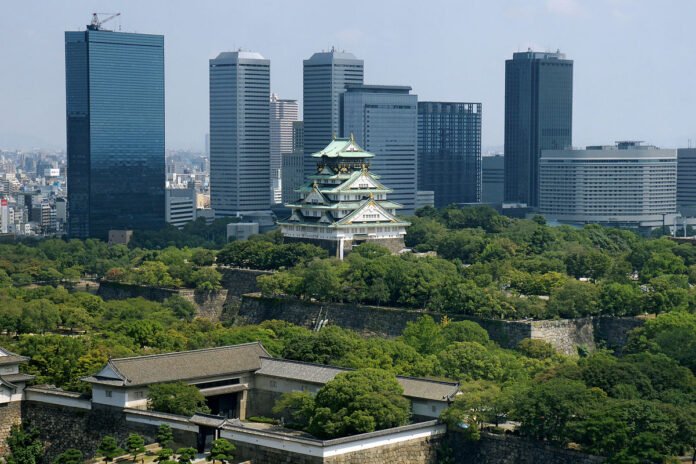
Let’s talk about the weather!
Probably not the most scintillating opening line you’ve ever read to a feature article. However, don’t run away just yet! You may be surprised at what I have for you today.
Osaka is a richly diverse, dynamic and exciting place to live. This same diversity, and unpredictability also extends to the region’s weather patterns. When planning a trip to Osaka (and since you’re reading this hopefully it means you’re at least considering the possibility), knowing when the weather is at its most hospitable is vitally important.
Table of Contents
Hot, Cold and Everything in Between
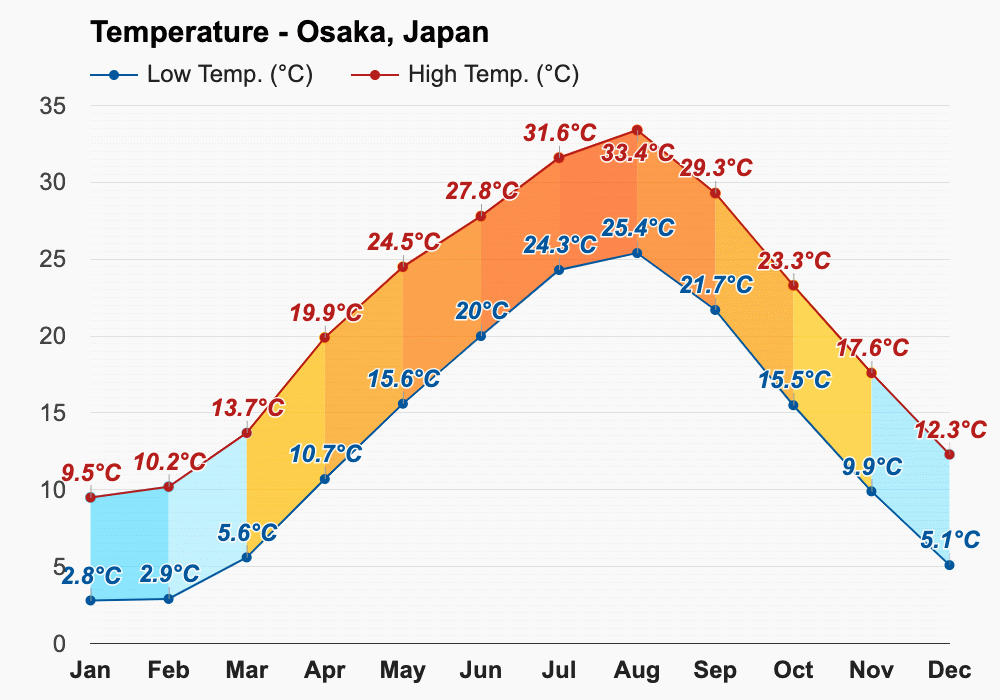
You certainly don’t want to visit during the oppressive heat of summer, or the almost arctic chill of mid-winter. Even outside these extremes of temperature and humidity, Osaka’s weather can still be somewhat “erratic”.
Today we will look at these in greater detail, and hopefully help you plan the best time for your next visit.
With this in mind, let’s take a more in-depth look at the wonderful, windy and sometimes downright weird world of Osaka weather.
General Annual Weather Trends
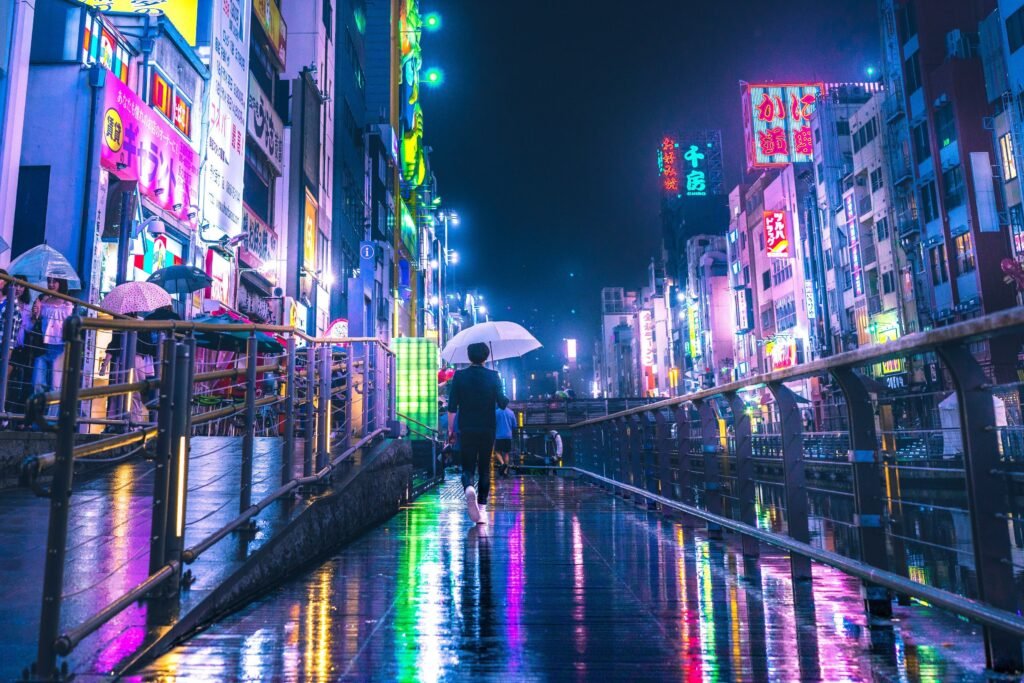
First, let us take an overview of Osaka’s annual weather trends. Climate change has, naturally, impacted some elements of the weather in recent years. Despite this, Osaka’s overall weather patterns remain remarkably consistent.
Things get uncomfortably hot during the peak of summer, which runs from mid-July to late August.
Conversely, January and February can bring forth cold snaps that make even my native Scotland seem temperate by comparison.
Osaka’s weather, much like its people, has an exciting yet occasionally bonkers element to it.
Occasionally Crazy Weather

Like most of Japan, Osaka also has a rainy season. This spans most of the month of June, and sees heavy rainfall, often accompanied by higher than usual levels of humidity. If you enjoy weather watching though, this is the time when you can, on occasion, take in some truly spectacular lighting storms.
However, such extreme weather does also have a dangerous side. There was the much-publicized case in 1996 of a high school student in the Osaka satellite city of Takatsuki. Mitsutoshi Kitamura was left blinded and partially paralyzed after being struck by lightning during a soccer game. The incident led to a 300 million yen court settlement and a full review of local safety rules around lightning storms, after it emerged officials had ignored weather forecasts and pleas to postpone the game.
Stay Safe, When the Weather Turns Bad
So, suffice to say, when a lightning storm comes to Osaka, enjoy the show. Just remember to please do so from a safe, indoor location.
Speaking of the most extreme weather patterns, travelers should also take care in August and September. This represents the high point of Osaka’s typhoon season. If you are in Osaka at that time of year, be sure to check the local weather forecast before heading out, just to be on the safe side. One further recent side effect of climate change is that typhoons and tropical storms can, on occasion even run into October. This was the case in 2019, when Osaka, and indeed much of Japan, experienced flash floods and torrential rain during the Rugby World Cup.
When is the Weather at its Best?
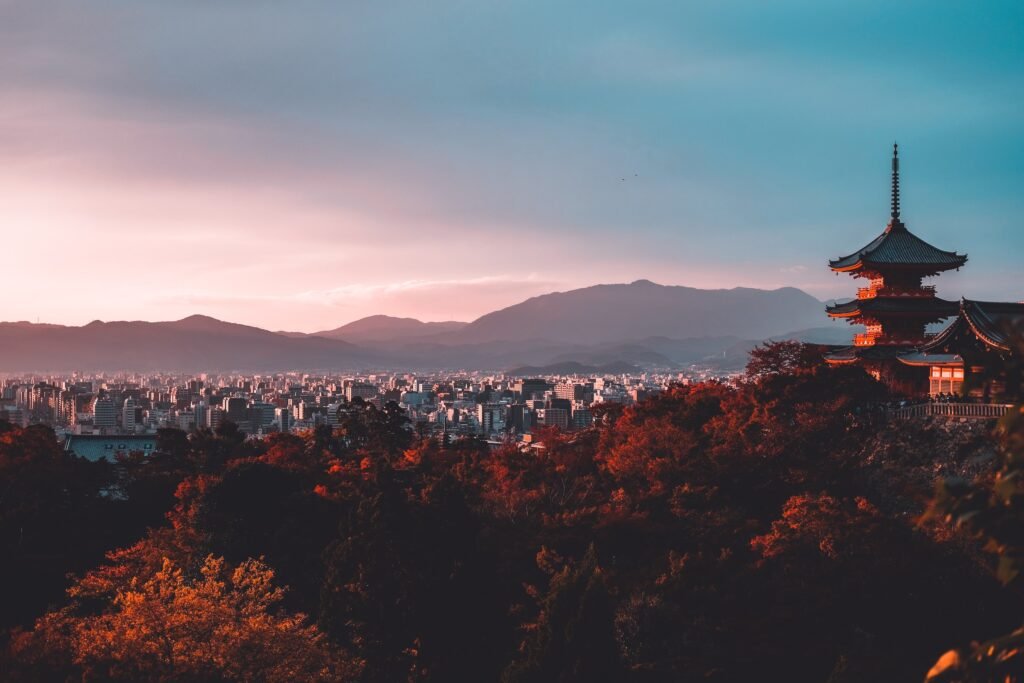
For most visitors to Osaka, the optimum time to visit is either mid to late spring, or mid-Autumn, before the really cold weather sets in.
Those who choose to visit Osaka in early April, when spring truly begins, will also have the honor and pleasure of enjoying sakura season. This is when the cherry blossom trees are in full bloom. During this time, many Japanese engage in the annual practice of hanami. To some, this is a picnic with family and friends under the cherry blossom trees. To others, it’s just a chance to grab a few beers, and go chill out in a local park with good friends and good conversation. However you choose to enjoy your cherry blossom viewing, it’s an Osaka institution not to be missed.
Autumn Breeze and Gorgeous Trees
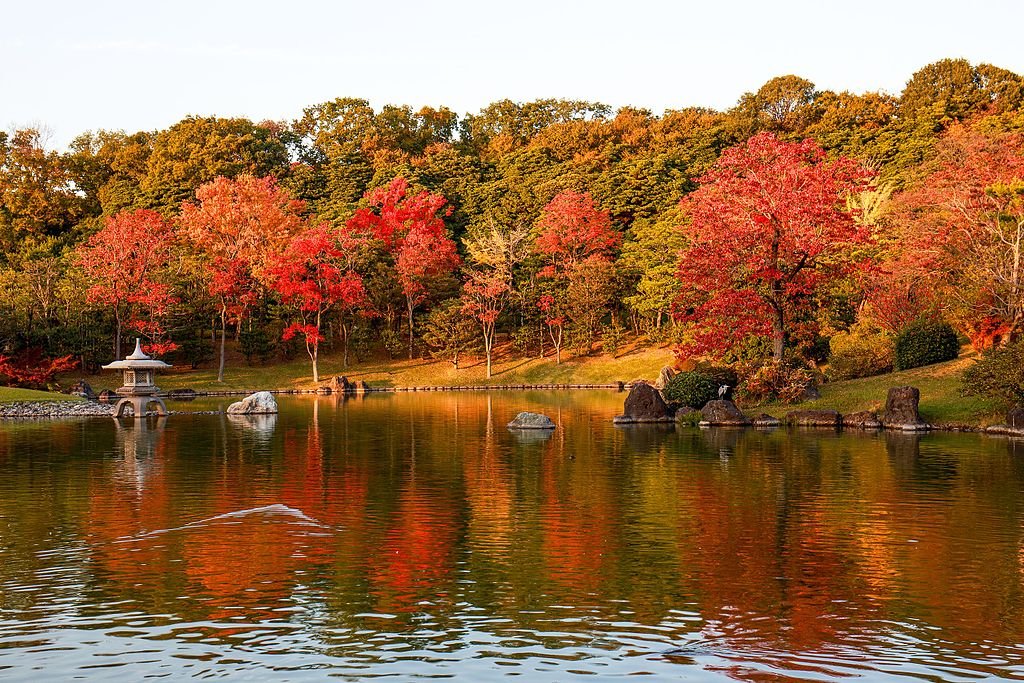
As I mentioned earlier, mid-Autumn is also a great time to visit Osaka. Perhaps the best time to visit, both in terms of weather and natural beauty is November. Although the nearby city of Kyoto is perhaps more famous for its “Autumn Leaves”, Osaka has plenty of similar beauty spots too. Visit any of the many public parks dotted around Osaka City at this time and you will see a cornucopia of color. Leave colors range from red, to yellow, and in some cases an almost bronze or gold complexion.
Of course, if you want to experience all of this in a less urban environment, then both Nara and Kyoto are less than 1 hour away by train.
Not only are the beautiful trees a sight to behold, but the overall weather pattern is just a whole lot more pleasant at this time of year. Days are cool, but not cold. At night, you can probably get away with wearing just a sweater and a light jacket. The really cold winter weather doesn’t properly kick in until around Christmas time. It could be said that the time between the oppressive heat of August and the chilling cold of December is Osaka’s proverbial “Goldilocks Zone”. Like the porridge of the aforementioned fairy tale, it’s not too hot, nor too cold. It’s just right.
Some Busy Times to Avoid
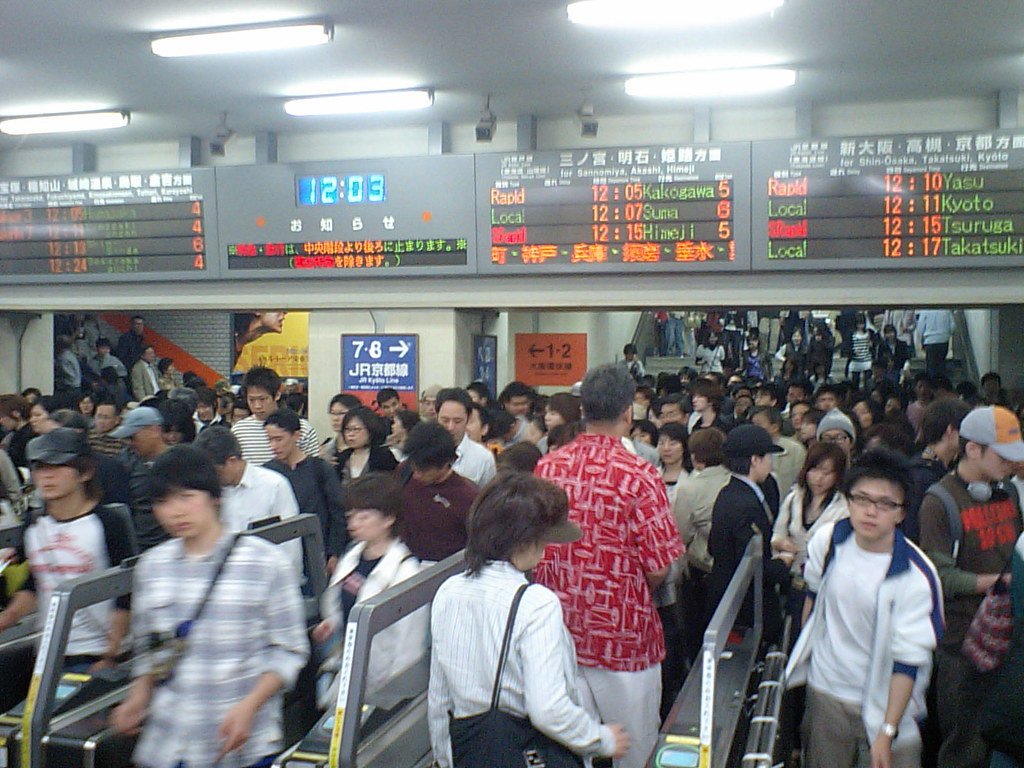
Whilst the weather may be at its peak comfort level in early May, unless you have an abundance of disposable funds and don’t mind big crowds, this is not a good time to visit. The end of April and beginning of May sees the arrival of “Golden Week”. Golden week comprises 4 Japanese national holidays that run closely together. Often, Japanese workers will also take a couple of days of annual leave at this time to give themselves a weeklong holiday. The Golden Week period runs from April 29th until May 5th. This is the busiest and most expensive time for travel and hotel accommodation across all of Japan.
In some cases, you will pay double or even treble the usual cost for accommodation.
There is a similar, though shorter period in September too, when accommodation prices spike. September 18th and September 23rd are also national holidays in Japan. The period around these two dates is known locally as “Silver Week”. However, given that we’re only talking about 2 days, spread out over an entire week, prices do not surge to anything like their Golden Week levels.
‘Tis the Season: to Work as Usual
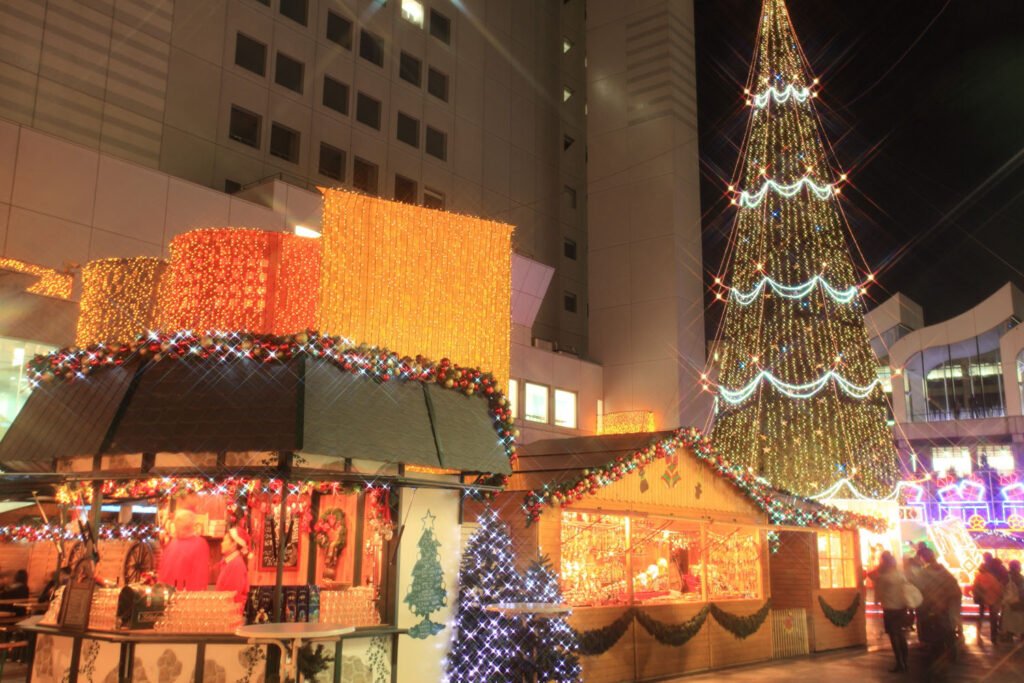
Finally, we also have to factor in the New Year period. I say New Year because, in an official capacity at least, Christmas isn’t really a thing in Japan. Sure, kids get presents, you’ll see Christmas trees in many city centers, and Santa does the rounds at various department stores. However, neither Christmas Eve nor Christmas Day are national holidays. The only official holiday at this time is January 1st. However, most companies will give staff winter holiday leave from December 28th until around January 3rd or 4th. So, prices go up from the 27th onwards.
Therefore, if you don’t mind the winter weather, and can fly home on Christmas Day or Boxing Day, you may bag a bargain.
The Extremes of Osaka Weather
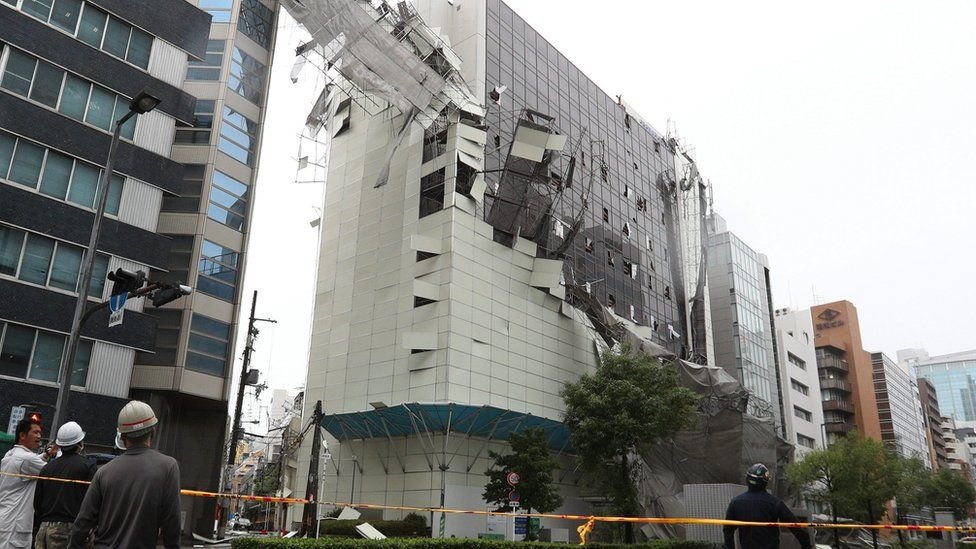
Ok, now that we’ve covered all the good stuff, let’s look at some areas of caution.
As I mentioned earlier, Osaka does get uncomfortably hot, as indeed does much of Japan during the summer season. Typically summer runs from the end of June to the end of August. Of course, recent trends have edged towards a longer, drier summer. This is something which will, no doubt become a source of wider study and political intrigue over the next few decades, as global temperatures continue to rise.
At its hottest, Osaka can reach close to 40 degrees Celsius, and that’s before we factor in the additional heat caused by smog and other air pollution. Last year’s highest temperature was 37.2 degrees Celsius. Meteorologists recorded this during last year’s mid-August heatwave.
Conversely, the previously January saw temperatures dip as low as -5 degrees Celsius.
The weather in Osaka is nothing, if not dynamic.
Pollution and its Impact on Weather
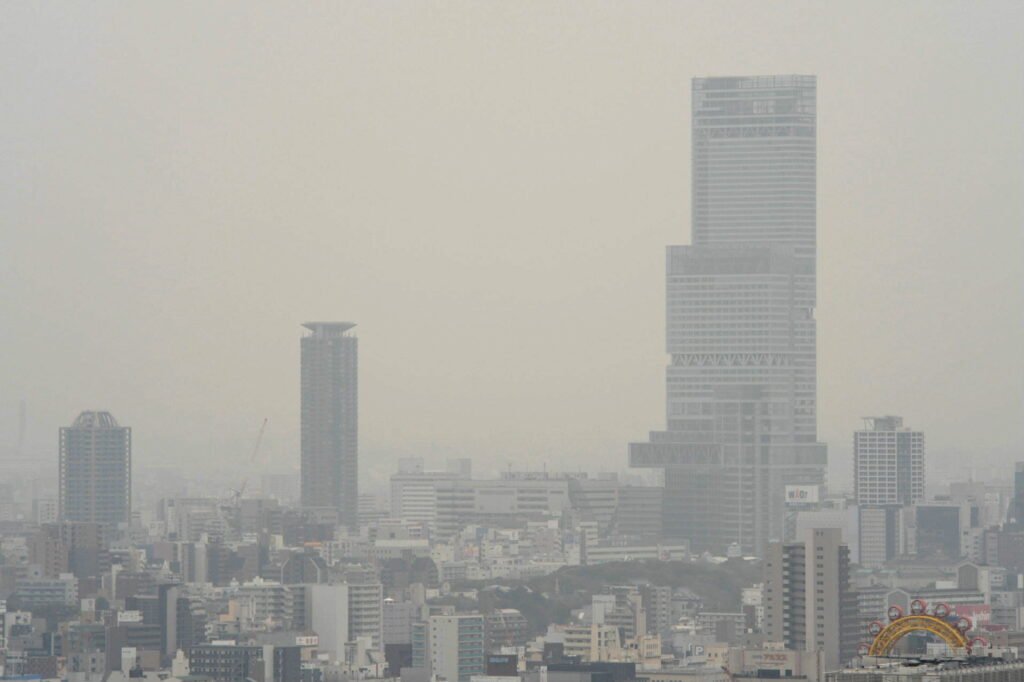
As I mentioned a moment ago, air pollution is also a concern, particularly during the hotter weather patterns of July and August.
On the air quality scale, Osaka’s busiest areas, such as Chuo Ward and Kita Ward, can vary from poor to unhealthy during the height of summer.
The air quality scale, as outlined by accuweather.com, states that air with a score of between 50 and 99 is considered poor. 100 to 150 is considered dangerous. Above 150, we reach a point where the air quality represents a clear and present danger to your health.
Don’t worry though, because over the course of the year, Osaka has an average AQI (Air Quality Index) score of 47. Certainly it’s not the cleanest air in the world, but most of the time it won’t have an impact on your health.
The latest available statistics show that Osaka’s air quality usually hits its worst point at a time most of us wouldn’t expect. We tend to associate pollution with excess heat and humidity. Indeed from my own travels in places such as Hong Kong and China, this correlation has proven accurate.
Osaka, however, bucks this trend. The most recent complete statistics available at the time of writing point to January and February being the worst times of year for air quality in Osaka.
A Surprising Conclusion
This is due to a huge increase in energy consumption over these cold winter months. The use of air conditioners, electric heaters and other such temperature regulation home electronics, coupled with people generally just spending more time indoors, leads to a huge surge in Osaka’s power needs.
As a result, fuel production has to increase dramatically at this time. The knock-on effect is an increase in CO2 and other pollutants released into Osaka’s atmosphere as fuel is spent keeping us all warm.
In February 2019, the worst month for air pollution that year in Osaka, the AQI rating was more than double that of the cleanest month of the year.
So, perhaps a summer visit to the region isn’t such a bad idea after all.
Remember, Weather is All Part of the Experience!
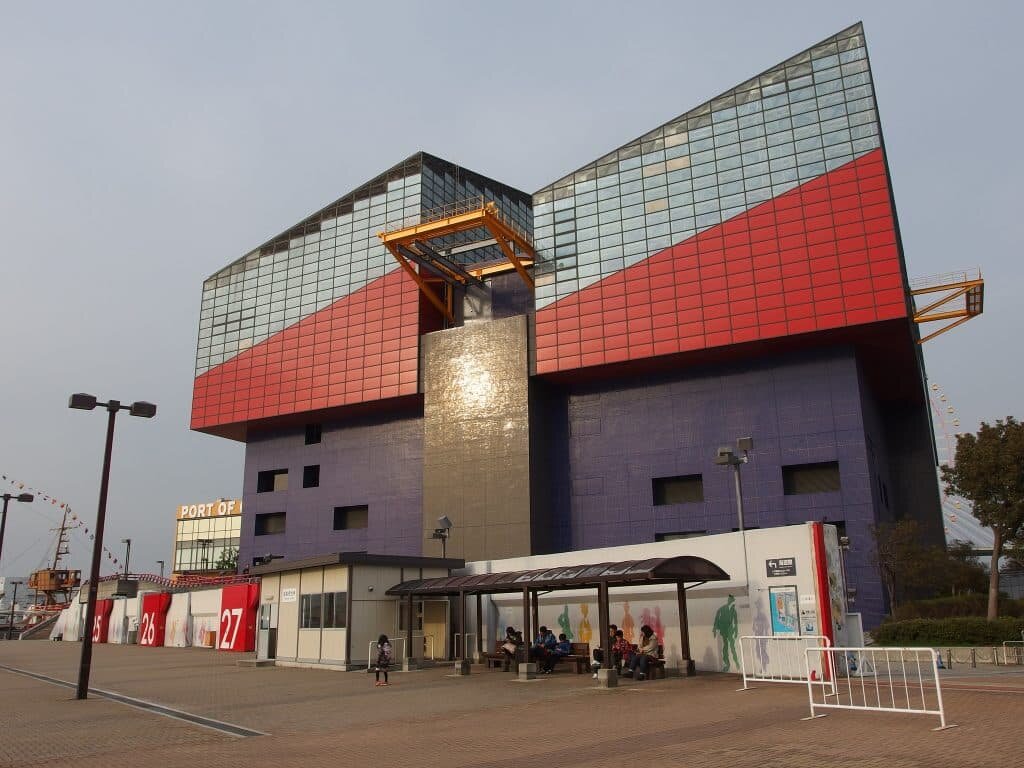
As a final thought, whilst we all love sunny days and clear skies, such things aren’t a guarantee, wherever you go on vacation. Ultimately, Osaka is no different than any other city across the globe in this regard. Sometimes it’s cold, sometimes it’s hot. Other times, the air will feel drier than the Gobi Desert, or wetter and stickier than a Scandinavian Sauna.
On occasion, you may even experience several of these in a single day.
Weather in Osaka is often unpredictable, but seldom dull. Additionally, the city has no shortage of indoor diversions to keep travelers occupied. When it gets too wet, cold, hot or humid to stay outside for long, there’s always something to do.
Be sure to have a plan B ready, in case your intended outdoor activity becomes impractical.
Also, just to be absolutely safe, make yourself aware of the emergency evacuation points closest to your accommodation, just in case an earthquake or tropical storm decides to shake up your plans.
However, the chances of such things happening while you are in Osaka are remote. I lived there for more than 5 years and the worst I ever felt was a mild tremor, which triggered a Jurassic Park type response from my bedside class of water!
I’ll close out today’s thoughts with a quote from one of my favorite people on this Earth, discussing the weather.
To paraphrase my fellow Scotsman, the legendary comedian and musician Billy Connolly: “If you don’t like the weather in Osaka, give it 5 minutes!”
























